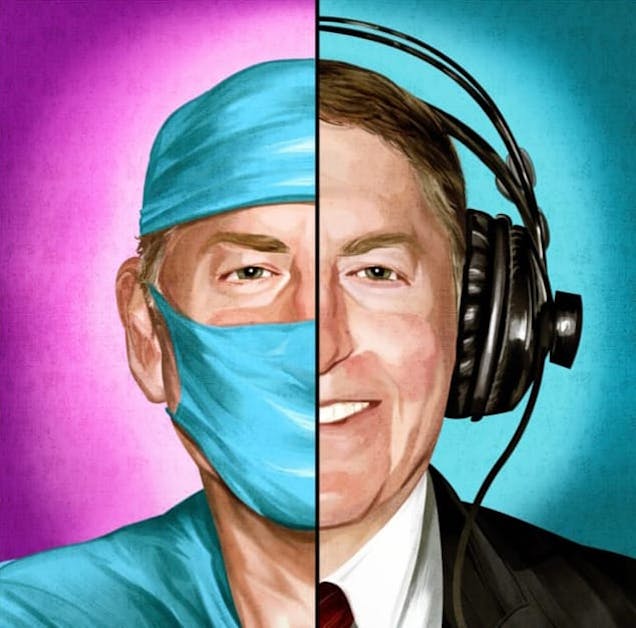Dr. Bass, one of the top plastic surgeons in New York, uses his advanced technical skills and extensive training to deliver the most customized, least invasive facelift possible. Read on and listen to his podcasts to understand more about Dr. Bass’ facelift techniques and the rationale behind them.
Unique Faces Deserve A Unique Facelift Approach
There are various ways to perform a facelift, and each surgeon has their own specific set of techniques that they have developed and personalized, and apply as appropriate for each patient. There should never be a one-size-fits-all facelift. A facelift aims to re-sculpt the face, restoring youthful shape, in addition to redraping sagging skin. A facelift is never about pulling or tightening the skin but rather repositioning sagging skin to a youthful location and tailoring off any excess.
Most facelifts performed today fall into one of two categories. SMAS lifts and deep plane lifts. The difference relates to how tissues under the skin are handled during the facelift and what technique is used to mobilize and reposition them to restore a youthful appearance. Both techniques have found favor with various esteemed facelift surgeons, meaning that there is not one “best” technique. Almost all surgeons vary their technique to suit the needs of their individual patients.















